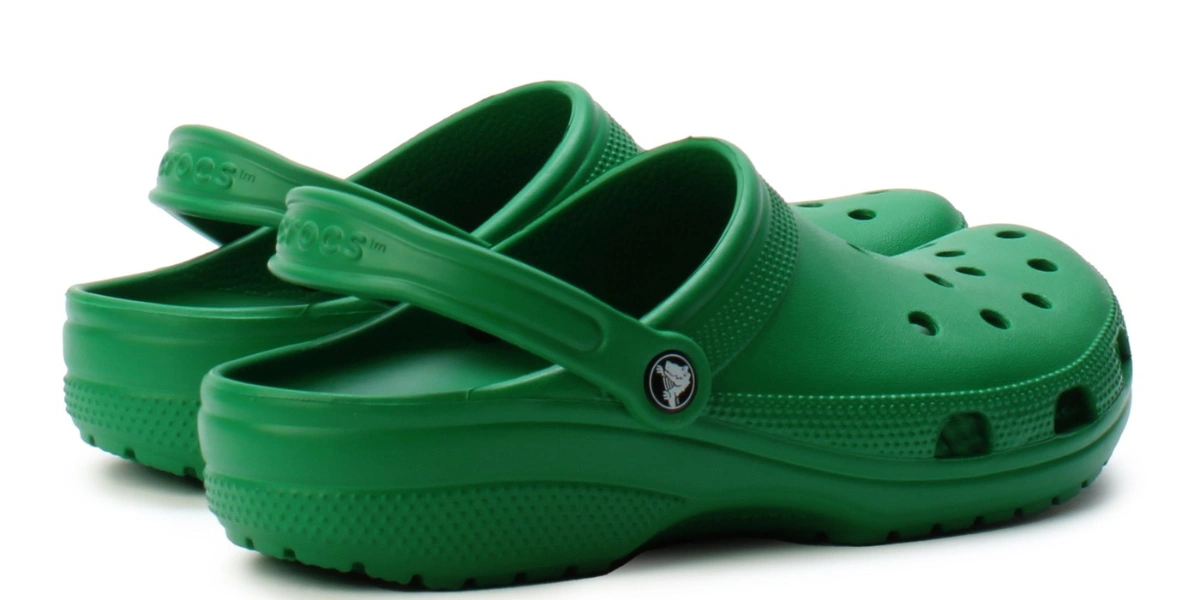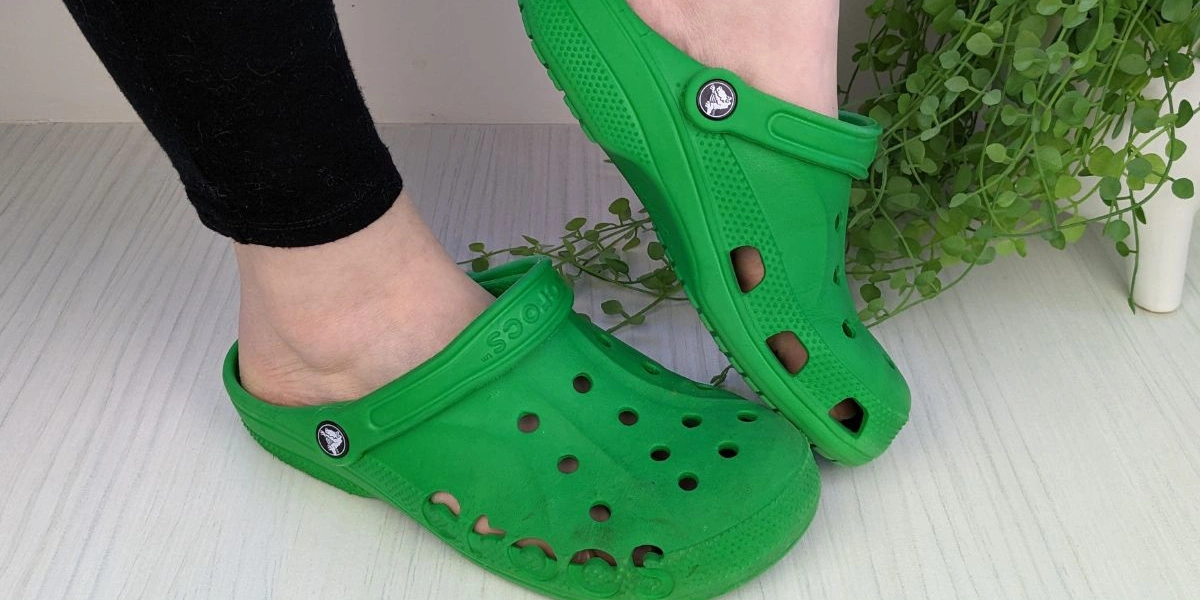Crocs Class Action Lawsuit Over Shrinking Shoes: Are You Eligible?
Crocs, the globally popular footwear brand, is under fire for a peculiar issue. A class-action lawsuit alleges that Crocs shoes shrink and warp when exposed to heat, leaving them unusable. Plaintiffs claim the company failed to warn customers about this problem, despite its frequency. The lawsuit has brought attention to how brands market their products and the importance of transparency.
This comprehensive guide explores the details of the lawsuit, including eligibility, potential compensation, and preventive measures for Crocs owners. If your Crocs have suffered similar issues, this article will help you determine if you qualify to join the lawsuit and seek justice.
What is a Class Action Lawsuit?
A class action lawsuit is a court proceeding in which several people together bring a claim for comparable grievances against a defendant, usually a company. In addition to offering impacted parties collective remedies, these cases aid in streamlining the legal system.
Background of Crocs
Established in 2002, Crocs became well-known throughout the world for their cozy and long-lasting foam clogs. Despite its widespread appeal, the brand has been criticized for its deceptive tactics, poor quality, and high prices, all of which have led to a class action lawsuit.
Why Are Crocs Being Sued?
The class-action lawsuit against Crocs alleges that the company did not adequately warn customers about the risk of shrinkage. Plaintiffs argue this omission constitutes false advertising, as the shoes are marketed as durable and versatile but fail to perform under normal conditions. The lawsuit also claims a breach of warranty, suggesting Crocs sold a product unfit for its intended use.
Customers further allege financial losses, as many were forced to replace their damaged footwear. The legal action aims to hold Crocs accountable for misleading claims and to seek compensation for affected buyers who unknowingly purchased a product with hidden flaws.
What Causes Crocs to Shrink?
The shrinking issue is rooted in the material used to make Crocs—Croslite™, a lightweight resin that offers comfort and flexibility. However, Croslite is highly sensitive to heat. When exposed to temperatures above 100°F (37°C), the material starts to shrink and warp. Common scenarios include leaving Crocs in a hot car, wearing them in direct sunlight, or storing them near heat sources.
This heat sensitivity is a natural property of Croslite but has become problematic for customers in warm climates. Despite these risks, many buyers claim they were unaware of the limitations, as the product’s care instructions fail to emphasize them.
What Are Consumers Complaining About?
Customers have expressed dissatisfaction over several recurring issues with Crocs. The most prominent complaint is the unexpected shrinking and warping of the shoes after minimal heat exposure. Many customers feel misled by marketing claims that portray Crocs as versatile and durable. Other complaints include the lack of adequate warnings, forcing buyers to learn about the issue through personal experience.
Some have even reported financial losses, as they had to replace their damaged shoes prematurely. These grievances collectively highlight a disconnect between the product’s advertised durability and its actual performance, forming the basis of the class-action lawsuit.
Legal Basis for the Class-Action Lawsuit
The lawsuit against Crocs is based on several legal claims. First, plaintiffs allege false advertising, arguing the company misrepresented the durability of its product. Second, the lawsuit claims a breach of implied warranty, suggesting Crocs sold a product unfit for its intended purpose. Third, plaintiffs accuse Crocs of negligence, asserting the company failed to inform customers about the risks associated with its product.
Lastly, the lawsuit points to consumer protection violations, as buyers were not provided sufficient information to make informed decisions. These claims collectively aim to hold Crocs accountable for misleading practices and seek compensation for affected customers.
Who Can Join the Lawsuit?

If your Crocs have shrunk or warped due to heat exposure, you may qualify to join the class-action lawsuit. Eligibility criteria include owning Crocs that suffered damage during normal usage, such as wearing them outdoors or storing them in typical conditions. Additionally, you should be able to prove a financial loss, such as the cost of replacing the defective shoes.
Providing evidence, like purchase receipts and photos of the damaged Crocs, will strengthen your claim. Residents of regions where the lawsuit is active are encouraged to file claims and participate in the legal proceedings for potential compensation.
How to File a Claim?
Joining the Crocs class-action lawsuit involves a few simple steps. First, consult the law firm managing the case or contact a consumer protection attorney. Next, gather evidence supporting your claim, such as purchase receipts, photos of the damaged shoes, and any correspondence with Crocs’ customer service. Once your documentation is ready, submit your claim through the legal team handling the lawsuit.
It’s crucial to stay updated on the case’s progress and respond promptly to any additional requests for information. Filing a claim ensures your grievances are heard and increases your chances of receiving compensation.
What Is Crocs’ Response?
Crocs, Inc. has acknowledged the complaints about shrinking shoes but disputes the claims made in the lawsuit. The company defends itself by stating that care instructions are provided, warning customers to avoid heat exposure. Crocs also asserts that the reported cases of shrinkage represent a small percentage of overall sales.
Additionally, the company argues that Croslite’s heat sensitivity is a known characteristic of the material. While Crocs has not admitted fault, it remains to be seen whether the company will settle the lawsuit or fight the allegations in court, as the case continues to unfold.
What Compensation Can You Expect?
Participants in the lawsuit could receive various forms of compensation if the case succeeds. Potential remedies include refunds for the purchase price of defective shoes, replacements for damaged pairs, or monetary damages to cover additional costs, such as shipping fees or repairs. The exact compensation will depend on the court’s ruling or the terms of any settlement agreement.
By joining the lawsuit, affected customers stand a chance to recover their financial losses and hold Crocs accountable for failing to deliver a durable product as promised.
How Does This Lawsuit Impact Crocs?
The class-action lawsuit has significant implications for Crocs and the broader footwear industry. For Crocs, the lawsuit challenges its reputation for quality and reliability, potentially affecting customer trust. The case also raises questions about the durability of Croslite and whether improvements are needed to enhance its heat resistance.
Beyond Crocs, the lawsuit highlights the importance of transparency and consumer education in the footwear market. Other brands may face increased scrutiny over how they market their products and warn customers about limitations, ultimately pushing the industry toward higher standards of accountability.
Key Allegations Against Crocs
False Claims About Product Durability Consumers have expressed dissatisfaction with Crocs’ quick wear and tear, which runs counter to the brand’s claims of long-lasting toughness. Concerns about Overpricing Critics contend that customers feel undervalued since Crocs’ price approach is out of line with the quality that is provided.
Environmental Infractions Environmentally concerned consumers and advocacy groups are scrutinizing Crocs due to claims that its production practices may have an adverse effect on the environment.
Who Filed the Lawsuit?
A group of customers unhappy with their purchases started the class action lawsuit. Their cumulative complaints point to a trend of problems that they feel should be taken to court.
Impact on Crocs’ Reputation
The class-action lawsuit has significantly impacted Crocs’ reputation, raising concerns about its product quality and transparency. Known for comfort and versatility, the brand now faces criticism for failing to warn customers about shrinking issues. This has led to frustration among buyers, eroding trust in the company’s claims.
Negative media coverage has amplified the issue, potentially deterring new customers and making loyal ones reconsider future purchases. Competitors may take advantage of this situation, positioning their products as more durable and reliable.
To restore its image, Crocs must address the problem openly, improve product design, and provide clearer care instructions. How the company handles this crisis will determine its long-term credibility.
Preventing Shrinkage: Tips for Croc Owners

To avoid issues with shrinking Crocs, follow these preventive measures:
- Store Indoors: Keep your Crocs away from direct sunlight and heat sources, such as radiators or hot cars.
- Avoid Extreme Heat: Do not wear Crocs in conditions where temperatures exceed 100°F (37°C).
- Follow Care Instructions: Read and adhere to the manufacturer’s cleaning and storage guidelines.
- Use Accessories: Consider using insoles or liners to provide additional support and minimize wear and tear.
By taking these precautions, you can extend the lifespan of your Crocs and prevent damage caused by heat exposure.
Conclusion: Crocs Class Action Lawsuit Over Shrinking Shoes
The Crocs class-action lawsuit underscores the importance of consumer rights and corporate accountability. While Crocs remains a beloved brand, this case serves as a reminder that transparency and product quality must be prioritized. If you’ve experienced shrinking issues with Crocs, consider joining the lawsuit to seek justice and compensation.
By holding companies accountable, consumers can ensure higher standards across industries, paving the way for better, more reliable products in the future.
FAQs: Crocs Class Action Lawsuit Over Shrinking Shoes
Q1. How to Join the Lawsuit?
Customers who are impacted may contact legal representatives to learn more about joining the action. Usually, qualified participants receive alerts, or information is posted on government websites.
Q2: How do I know if my Crocs are defective?
Signs of defective Crocs include shrinking in size, warping, or difficulty wearing them after exposure to heat.
Q3: Can I join the lawsuit without a receipt?
While having a receipt strengthens your case, other evidence like photos or email confirmations may also be acceptable.
Q4: What compensation can I receive?
Compensation may include refunds, replacements, or monetary damages to cover additional costs.
Q5: How long will the lawsuit take?
Class-action lawsuits often take months or years to resolve, depending on the complexity of the case and court proceedings.
